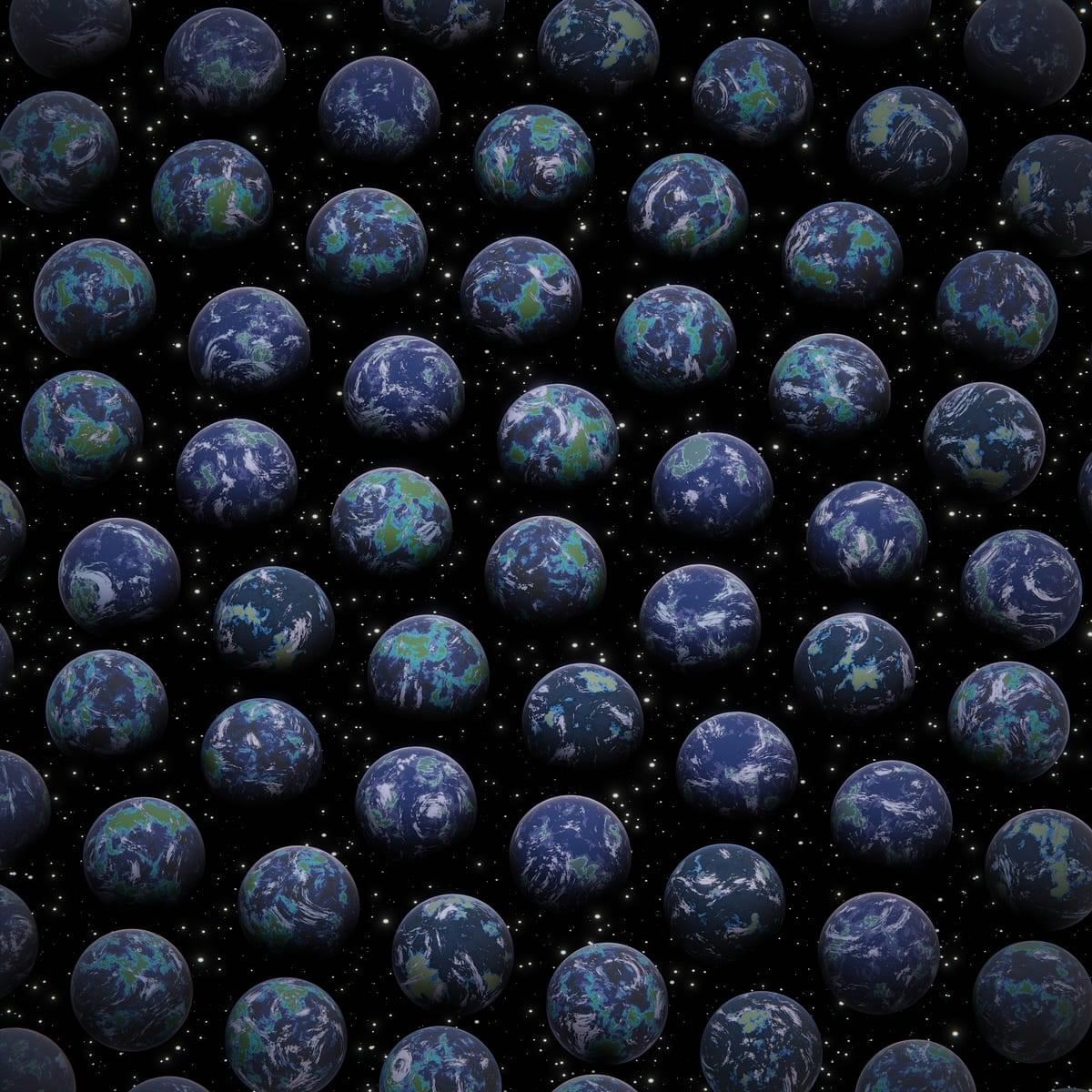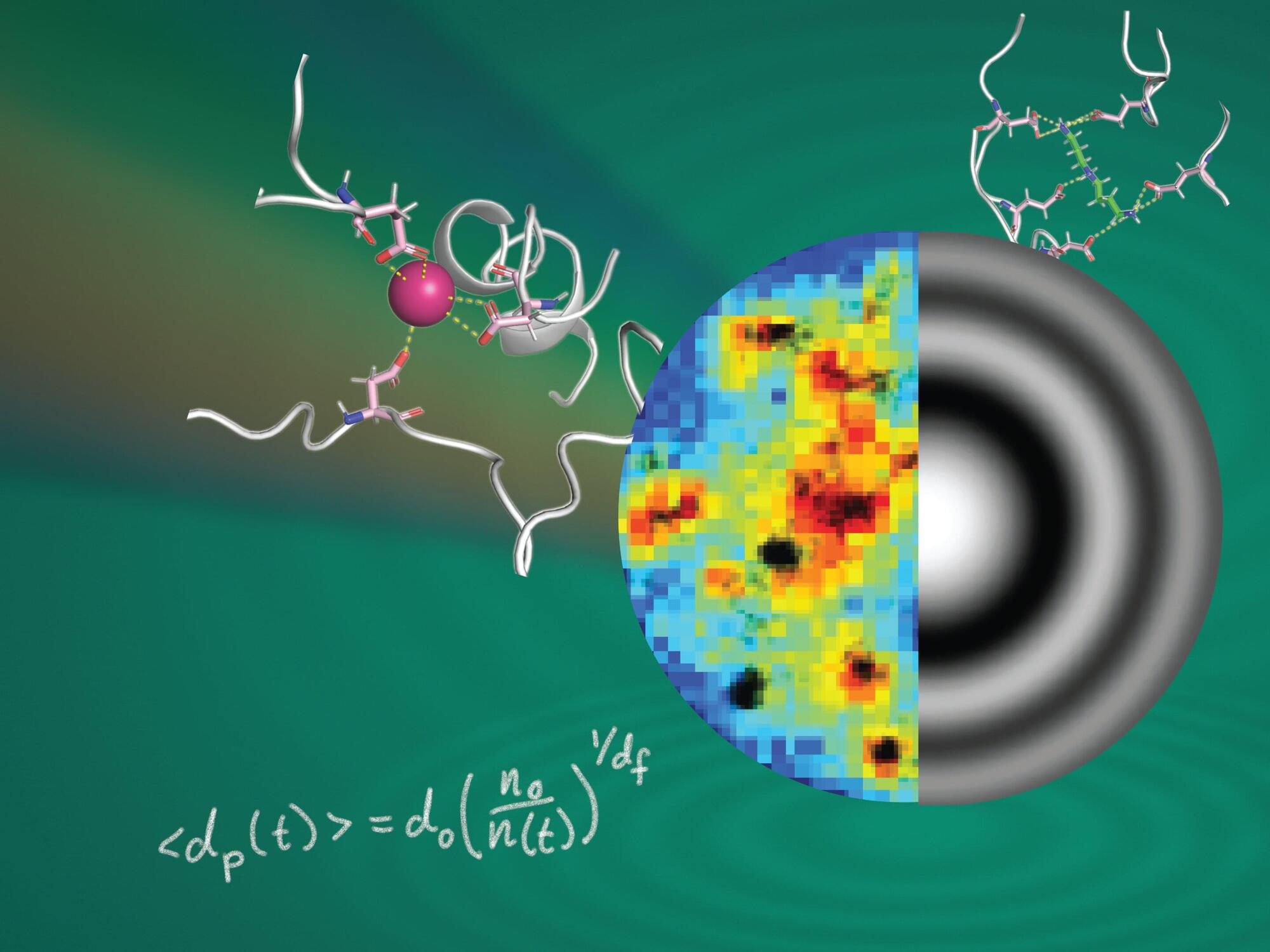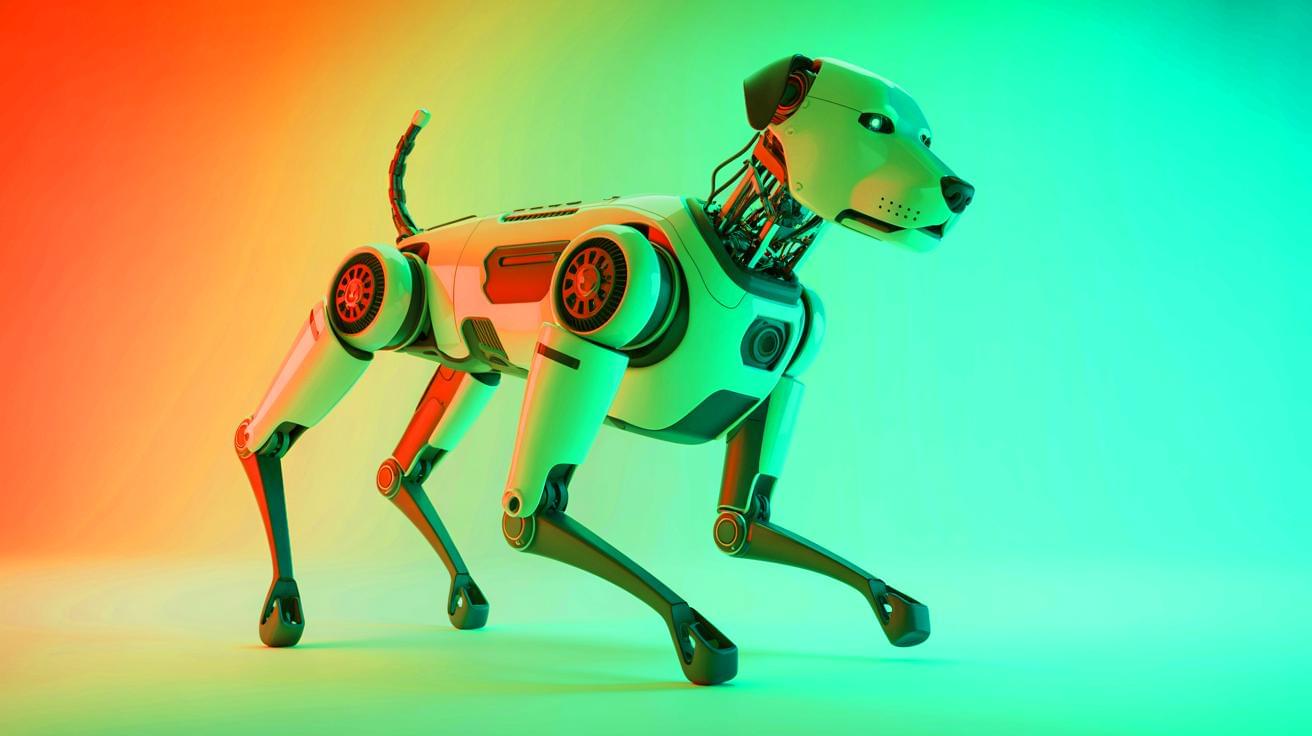German scientists have achieved a breakthrough. They have created a novel material, CSiGeSn. This alloy combines carbon, silicon, germanium, and tin. The new compound is stable. Experts believe it will revolutionize electronics and quantum computing. The team used existing chip manufacturing technology. This ensures compatibility. The discovery paves the way for advanced components. It also allows for scalable production.






